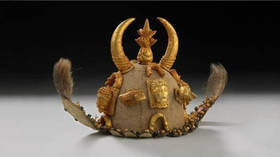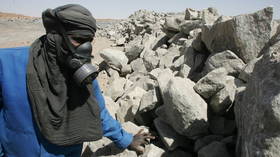Europe has stolen Africa’s heritage. Will justice prevail?
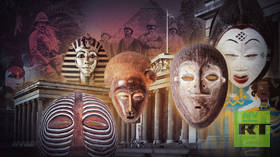
In the course of wars and the colonization of Africa, Western countries were involved in looting hundreds of thousands of objects of African art. Museums were used by governments to contribute to the establishment of colonialism and to legitimize conquests.
A report prepared by French art historian Benedicte Savoy and Senegalese economist Felwine Sarr, commissioned by the French government in 2018, states that between 90% and 95% of Africa’s material cultural legacy is housed outside of the African continent. Meanwhile, the inventories of Africa’s national museums barely exceed 3,000 cultural objects.
Almost all African countries lost their most important cultural artifacts during the era of European exploration and subsequent colonization. The objects that remained in Africa had less historic and cultural value than the ones that were brought to European museums. Over the past several decades, the West has repeatedly received restitution claims from African countries.
Agenda 2063 – Africa’s long-term development plan, which was adopted by the African Union in 2015 – has identified the protection of cultural heritage as one of the continent’s main priorities. According to this framework document, all African cultural property should be returned to the continent by 2025. But will this ambitious plan be realized?
Britain’s punitive expeditions and their significance for British art collections
Art historians estimate that almost 70,000 African artifacts were housed in the British Museum as of 2020. However, the description of the exhibitions does not tell much about the circumstances in which they ended up in the UK.
Many of the artifacts were seized from Africa at the end of the 19th century, during the Benin Punitive Expedition of 1897. The Kingdom of Benin (an ancient country in West Africa) was located on the territory of modern-day Nigeria. The punitive expedition was organized as “punishment” after locals attacked a unit of 250 British troops that had been sent to establish control over the territory.
The punitive detachment greatly outnumbered the first unit and consisted of 1,500 armed men. British troops stormed the capital city of Benin, destroyed the kingdom, and captured the ruler. As a result of this campaign, between 2,500 and 4,000 Benin bronze artifacts (the so-called “Benin Bronzes”) were taken out of Africa. Nigeria is demanding that Britain return the objects. This incident is considered one of the largest cases of looting in the history of African art.
In order to compensate for the costs of the expedition, some of the acquired artifacts were put up for auction. That’s how the Benin Bronzes made their way to different European countries, where African art collections became increasingly popular.
In the fin de siecle era, Europe showed great interest in African art. This did not prevent Europeans from calling it “primitive” art and, to this day, the term “primitivism” is often used when describing African art. In fact, European stereotypes in regard to other cultures are evident from the very choice of the word chosen to describe this particular style.
The British also found a use for the stolen artifacts that they didn’t sell at auctions, many of which reflected the spirituality of the people of Benin. Some of the objects were given to army officials as a reward for the military success of the expedition (which was unprofitable from an economic point of view), while others ended up in the British Museum.
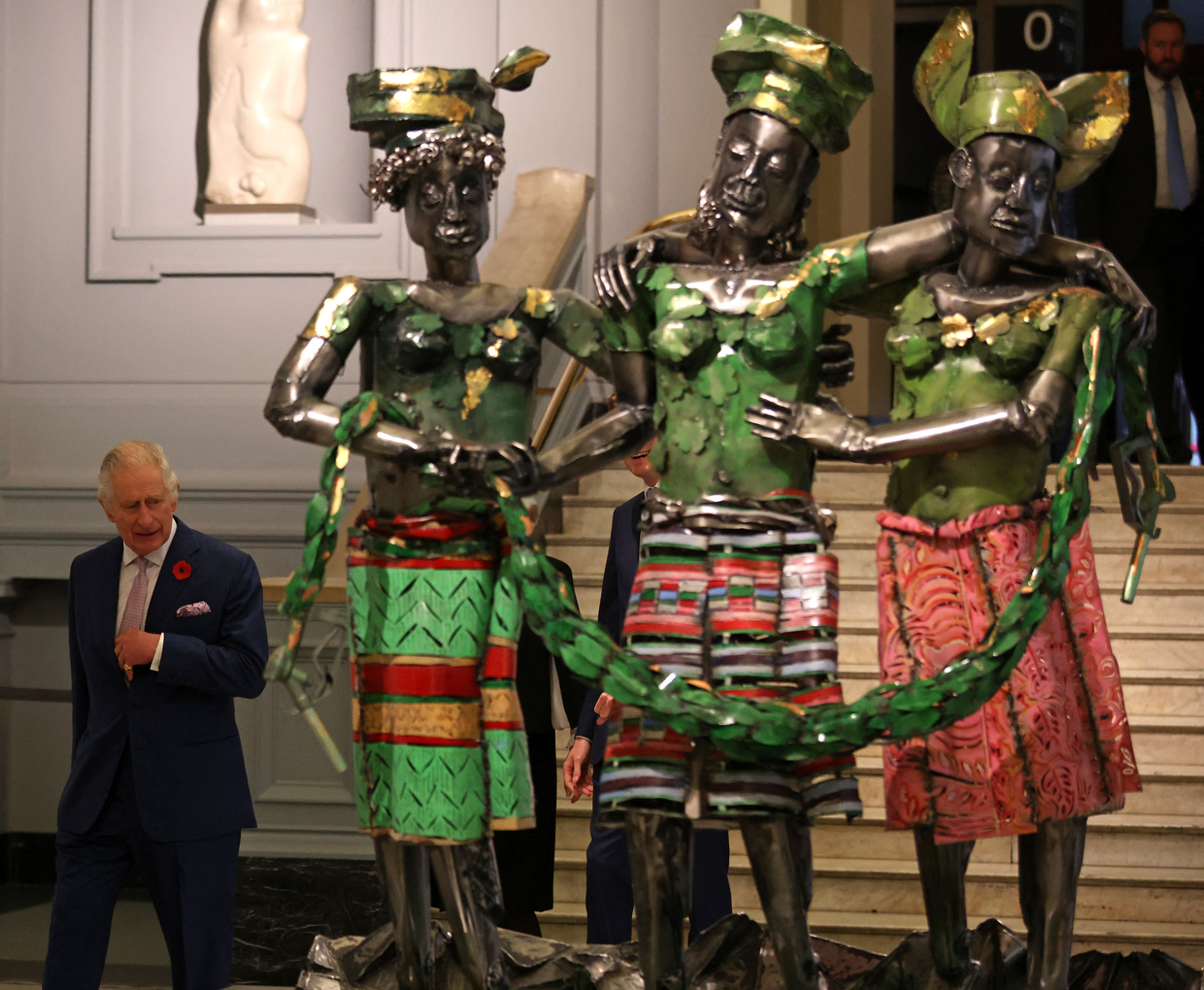
Nor was Germany far behind
The German Empire was also among those involved in looting Africa’s cultural heritage. In contrast to the UK and France, Germany’s colonial era was short-lived. However, the Germans tried to keep up with their neighbors and grab something for their own collections.
In the course of the German expeditions, many artifacts, artworks, and specimens of local flora and fauna that were of interest to researchers, museums, or private collectors (such as colonial officials) were taken out of Africa.
Apart from the Benin Bronzes, which Germany bought at auctions, it also acquired the art of the peoples of Cameroon and Namibia. Statuettes, jewelry, and working tools – objects of cultural and religious significance for African ethnic groups – were kept in the Ethnological Museum of Berlin.
German soldiers acquired many objects as a result of war crimes. Until 2019, the Stuttgart Museum housed the whip of Hendrik Witbooi, the national hero of Namibia. The Germans acquired it during the Herero and Nama genocide of 1904-1908. Witbooi posthumously received the title of Hero of Namibia for fighting the colonists and leading the uprisings.
As for the sculpture of the goddess Ngonnso, brought from Cameroon and kept in the Ethnological Museum of Berlin until 2022, it was neither sold nor donated to Germany by the Nso people to which it belonged. In 1903, a German officer forcefully seized the sculpture and presented it to the museum staff as a personal gift. According to a study by the Atlas of Absences, which was conducted by employees of German museums, more than 40,000 art objects that were taken out of Cameroon were housed in Germany.
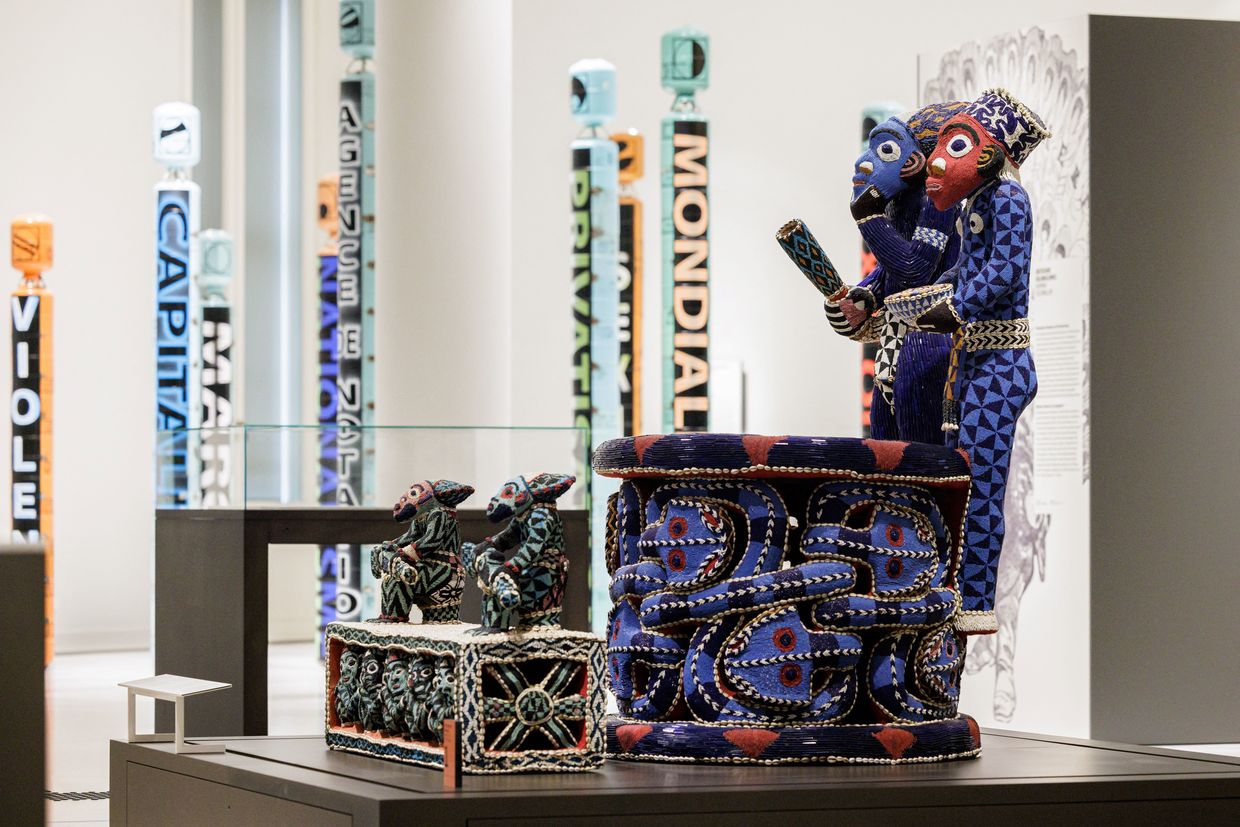
A stolen source of inspiration
During the heyday of its colonial period, France acquired more than 90,000 pieces of African art. A large part of this collection is stored in the Musee du quai Branly in Paris, as well as other state museums and private galleries.
The descriptions of the exhibits suggest that the African sculptures and masks are valuable primarily because they served as an inspiration for French artists, who experienced a creative crisis. Little attention is paid to the creative genius of the African masters themselves.
At first, the looted art objects were exhibited in Europe’s ethnographic museums and were considered “peculiar things” mostly intended for scientific study. Only some private collectors were able to appreciate the talent of African artists.
Even after the end of the colonial era, the French continued to export valuable artifacts out of Africa. For example, in 2005 and 2007, more than 10,000 objects of Mali’s cultural heritage were intercepted at Paris airports. These included bracelets, axes, and rings. Most of the artifacts date back 8,000 years.
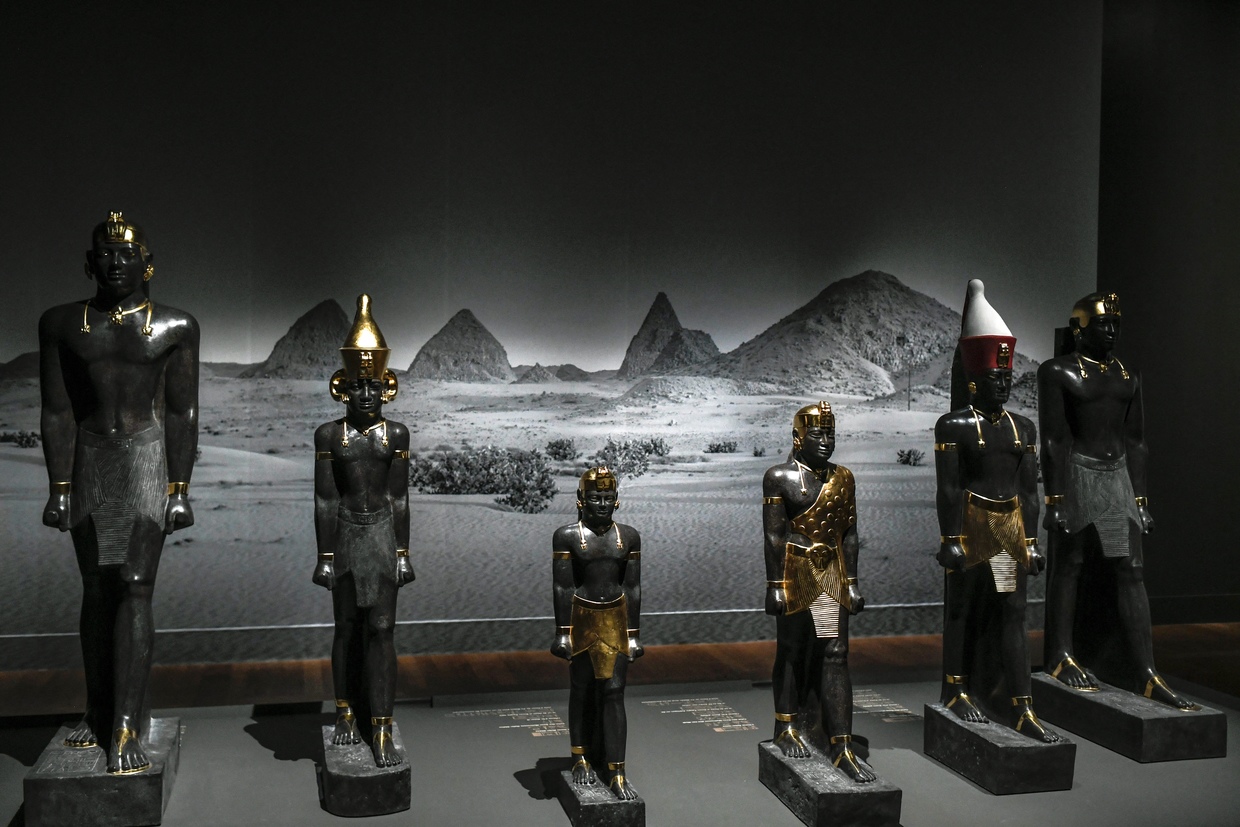
Less than one percent
Speaking in Ouagadougou, Burkina Faso in 2017, French President Emmanuel Macron said it was unacceptable for Africa’s cultural heritage to remain in French museums. He promised to take all the appropriate measures to return the objects within five years.
The statement attracted a lot of attention, since European legislation does not allow the alienation of national heritage (and African art is considered ‘national heritage’ in the West), which may not permanently leave the collections of state museums.
Six years after Macron’s speech, the French government finally started developing measures for the implementation of the restitution policy. In April 2023, the former president of the Louvre, Jean-Luc Martinez, published a report with recommendations for the government, which included a set of requirements for restitution. France has to confirm that the art objects were acquired illegally and illegitimately, and the restitution claims from African countries must be examined by a special commission. Requests for financial compensation will not be considered.
As of now, France has returned 26 artifacts to Benin and one to Senegal. This amounts to less than one percent of the total number of African art objects in its museums.
The French parliament was supposed to adopt a law with the new restitution requirements in December 2023, but the document was blocked by the opposition. Developing legislation that would take into account all the recommendations and their practical implementation may take a long time, thus delaying the restitution process for many years.
British museums fear looting
Britain, the world’s second-largest colonial empire, is a lot more conservative-minded when it comes to restitution. The country’s national museums and galleries do not fall under the law that authorizes restitution. They will continue to comply with current legislation, which does not allow the alienation of art from state collections.
In January of this year, the British Museum and the Victoria and Albert Museum finally agreed to “return” the stolen art of the Asante people to Ghana. However, the “return” turned out to be just a “long-term lease” of up to six years.
UK residents fear that restitution will empty out British museum collections. The Telegraph even wrote that British museums are “at risk of being looted” due to the demands to return the artifacts to Africa.
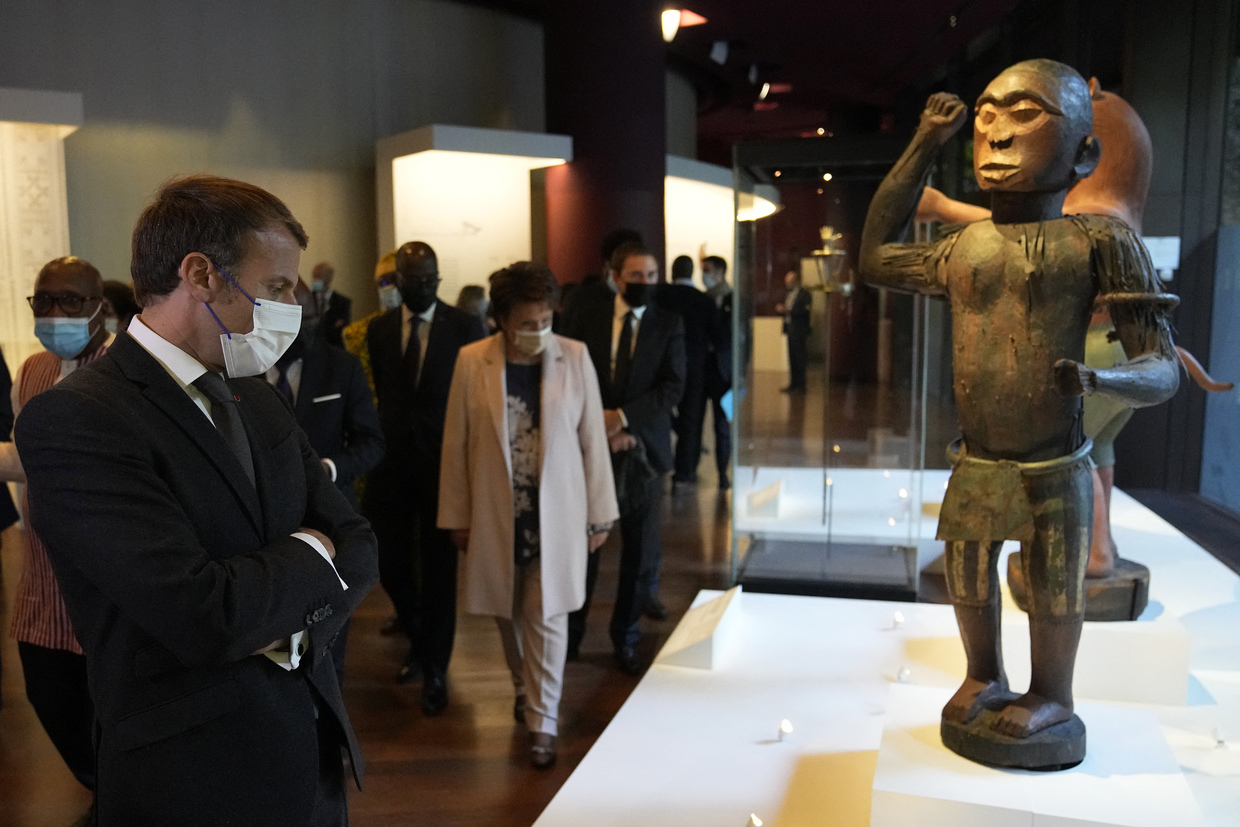
Leading the way in restitution?
Germany implements its restitution policy in parallel with France. The two countries have established a joint fund, the money from which will be used to conduct additional research on the origin of African artifacts that are now stored in the museums. Preparatory work on the return of the objects will be carried out within three years.
Germany has already returned 21 Benin Bronzes to Nigeria. According to the agreement concluded between the countries in 2022, German museums have undertaken to return 1,130 objects.
Germany is said to “lead the way in restitution” in Europe. African countries, however, disagree. For example, the West African newspaper Modern Ghana disputes that Germany is the leader of the “crusade for restitution.” Journalists note that the demands of the African people for their art objects to be returned have “always been resisted by Germany,” just like other European countries, and that Berlin has returned some artifacts only recently.
While they acknowledge that Germany has put more effort into returning the looted objects than, for example, Great Britain, Africans still cannot agree that the country should be praised for returning a small portion of the artifacts that it has kept for hundreds of years. Moreover, Germany has been striving to expand its influence on the African continent, and the cultural initiatives may turn out to be nothing more than a means to improve its image.
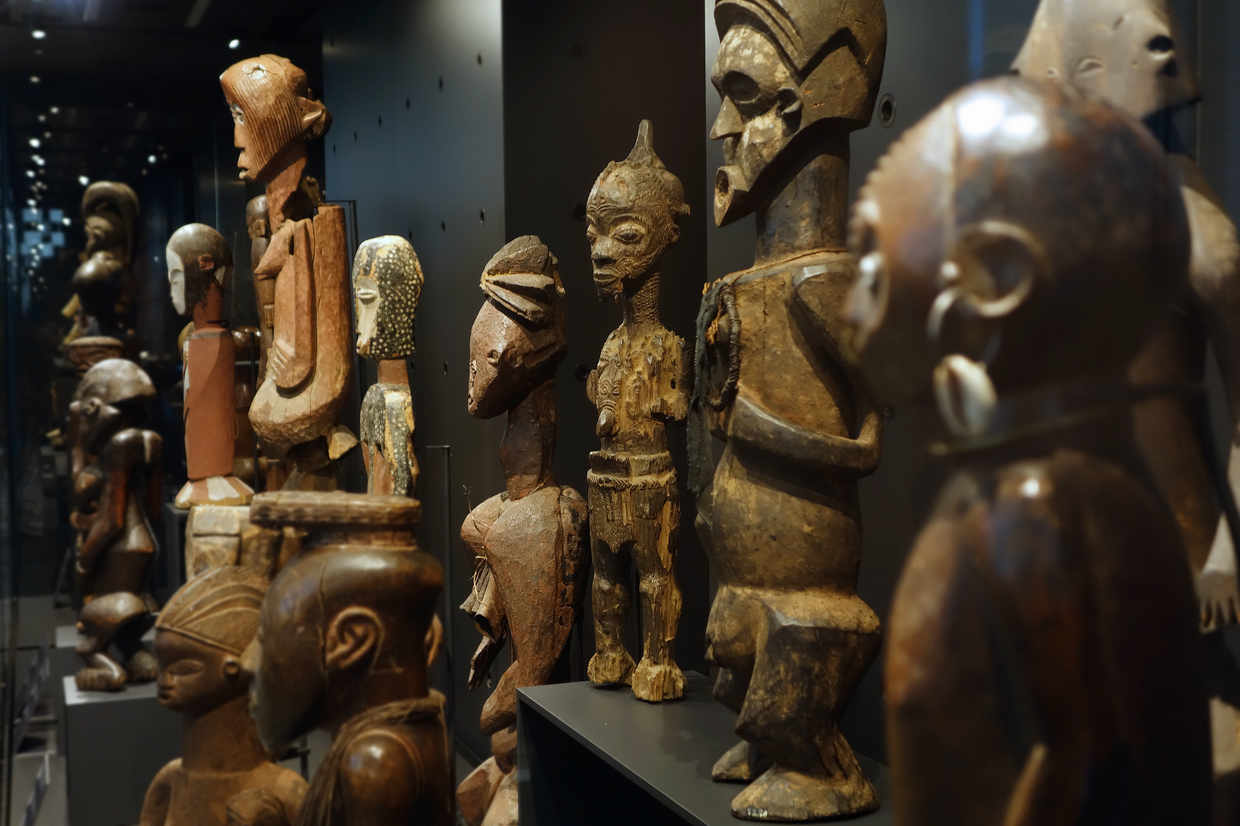
Who monitors the restitution data?
Over the past decade, a growing number of public organizations and individual activists have been making public appeals for the return of Africa’s cultural heritage.
One of the largest of these initiatives is the Open Restitution Africa project, founded by Africans who care about the fate of their cultural heritage. The organizers strive to provide open access to information about the current status of restitution processes in Africa. The project’s database contains information about more than one million pieces of African art that are housed outside the continent. At the moment, fewer than 1,000 objects have been returned.
In 2022, the organization released a report on the activities of activists from all around the world, titled Reclaiming Restitution. Since 2016, the number of scientific publications devoted to the restitution of African art has increased by 300%, and the number of discussions on this topic in the news and on social media has grown by 600%.
However, most of the interviews on restitution aren’t given by Africans, researchers from Open Restitution Africa note. African experts who professionally research the problem of restitution are usually at the end of the list of cited authors.
The Nairobi-based non-profit organization African Digital Heritage is also engaged in the search for new data concerning restitution processes. Kenyan experts are researching African cultural heritage and archival data using digital technologies. The team strives to regularly update the databases with relevant information on current restitution processes.
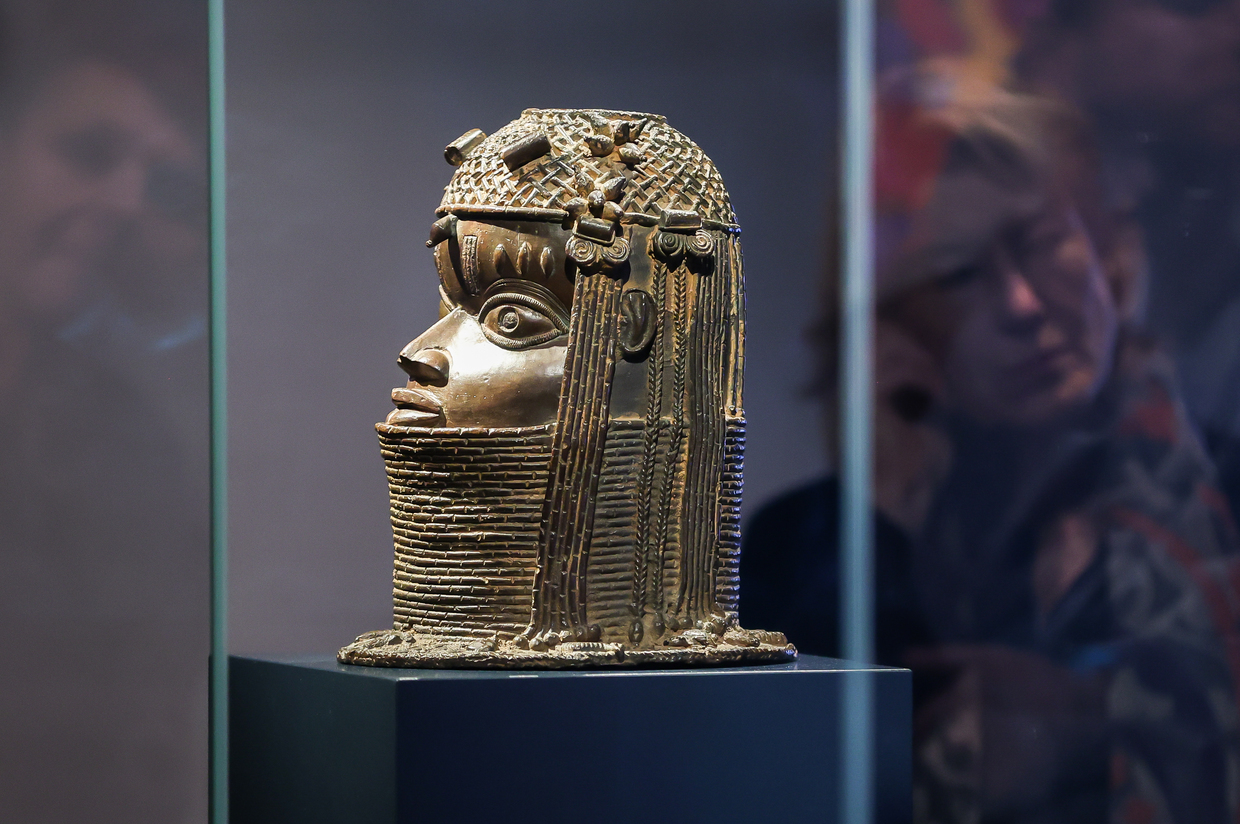
The importance of returning African art
African art that was looted during the period of European expansion does not only hold aesthetic value. These art objects are very significant from a cultural point of view.
The sculptures, masks, and jewelry reflect the spirituality of more than 2,000 ethnic groups in Africa. Each group and its worldview is unique, so taking the artifacts out of Africa without the consent of the local population is not just a matter of the illegal acquisition of art. It is, in fact, the illegal export of foreign cultural heritage.
As Maya Nikolskaya, a junior researcher at the MGIMO Center for African Studies of the Russian Foreign Ministry, told RT, the restitution of Africa’s cultural heritage plays a huge role in building national identity.
“Culture is one of the basic human needs. The return of Africa’s cultural heritage, including various artifacts and religious objects, marks the regaining of a lost identity. However, the Africa from which these valuables were stolen is a lot different from modern-day Africa. Today, many African countries are in the process of state-building, and the depoliticization of ethnicity is an important factor in this process. Culture is the ‘intercellular space’ that can connect different segments of society,” she said.
Many young Africans have never seen objects of material culture that belong to their own peoples. When cultural objects illustrating thousands of years of African history are housed outside of the continent, this deprives Africans of the opportunity to come into contact with their own culture.
Ms Nikolskaya also emphasizes the relevance of modern African culture and its particular identity. “New interpretations of traditional art genres and styles are currently developing in cinema, music, literature, photography, and art, including digital art. It is important not to allow contemporary African art to fall victim to cyber piracy, disappear from public view in private collections, or become anonymous,” she said.
Brian Mugabi, a PhD student at the Department of Theory and History of International Relations at RUDN University, also shared his opinion on the significance of cultural restitution with RT.
“Returning art pieces to their original owners would constitute a significant step towards decolonization. These artworks were acquired during the colonial era, serving as poignant reminders of a dark chapter in history,“ he said.
“Many of these acquisitions were obtained through dubious means, reflecting the exploitative and often primitive methods employed during colonial rule.”
Brian therefore believes that “advocating for full restitution is a means of rectifying historical injustices.”
“Furthermore, the disproportionate distribution of African cultural heritage, with an estimated 90% to 95% located outside the continent, underscores the need for equitable cultural preservation. This disparity not only hampers African museums’ ability to showcase their heritage but also perpetuates economic disparities, as the most significant exhibitions are situated outside Africa.
"Therefore, returning stolen art pieces would not only serve as a moral imperative but would also promote cultural equity and preservation,” he claimed.
Clearly, it is not Europe that must decide the fate of African art – either ancient and modern – but Africa itself. This is an obvious historical imperative.
